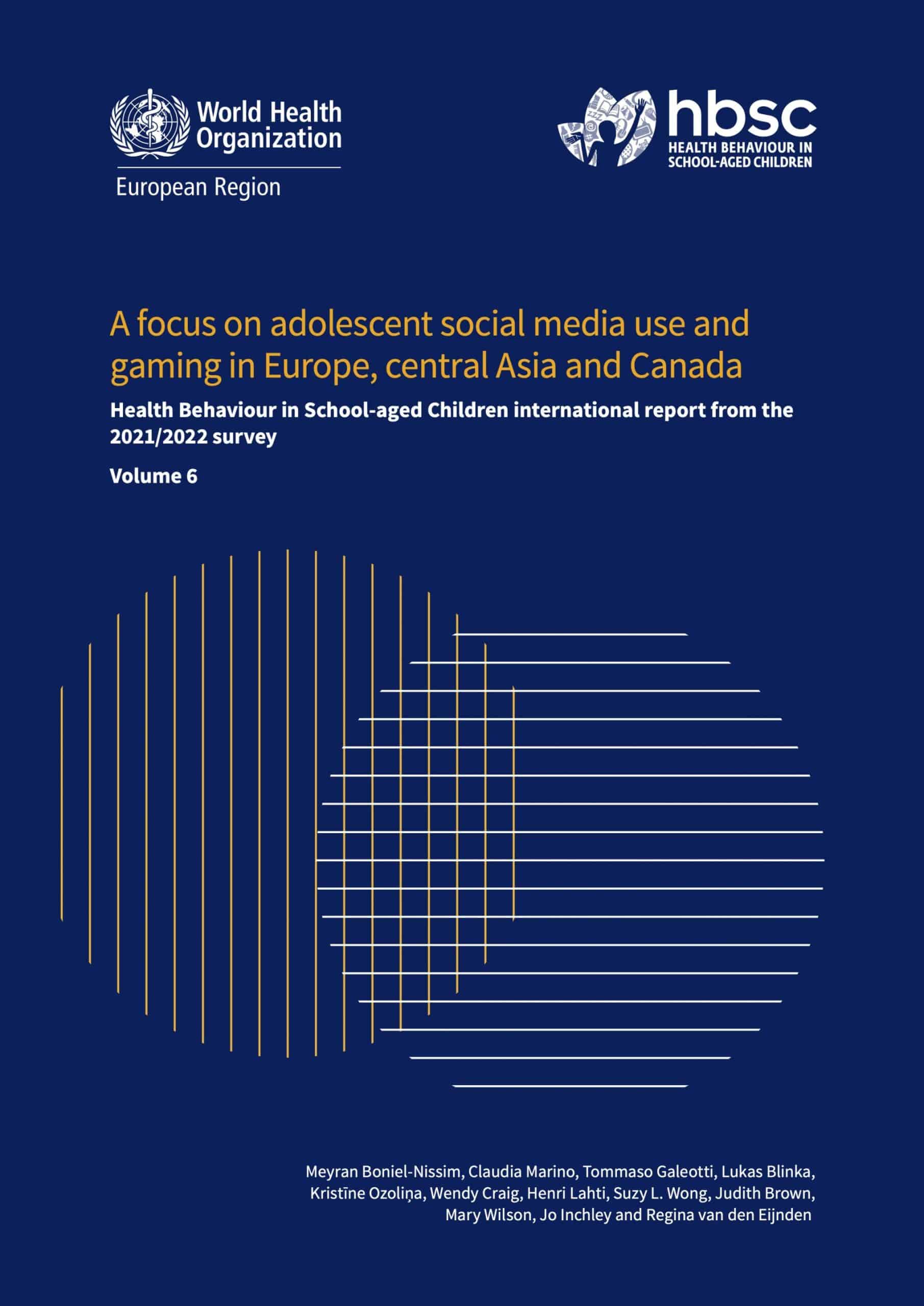Topic
Social media
Adolescence is a pivotal period for social development, increasingly shaped by digital technologies and online platforms. The widespread use of social media among young people has transformed how they communicate, form relationships, and construct their identities. Understanding the patterns, motivations, and impacts of social media use is crucial for promoting digital well-being, fostering positive online interactions, and mitigating potential risks associated with excessive or problematic use. However, addressing adolescent social media use requires a nuanced approach that considers the benefits of online connectivity alongside potential challenges.
This section of the HBSC study explores various aspects of adolescent social media use, including the frequency of online contact, the nature of online relationships, and indicators of problematic use. By examining these factors, we can gain valuable insights into the digital lives of young people, identify potential areas of concern, and inform the development of digital literacy programs and interventions that support healthy and balanced engagement with social media platforms.
Select one of the indicators below to view data.
Key Findings
A focus on adolescent social media use and gaming

- Gender differences were noted in the use of social media. Girls reported higher levels of continuous online contact and problematic social media use (SMU) than boys.
- Overall, 36% of adolescents reported continuous online contact with friends and others, with 15-year-old girls reporting the highest prevalence (44%).
- Adolescents reported continuous online contact with close friends most often (26%), and continuous online contact with friends met online least often (7%).
- Combining measures of continuous online contact with friends and others and problematic use in 2022, 11% of adolescents were classified as problematic social media users, 32% as intense users, 44% as active users and 12% as non-active social media users.
- Problematic SMU was most commonly observed among 13-year-olds. The prevalence of problematic SMU hardly varied across socioeconomic groups, but adolescents with lower socioeconomic status had the highest prevalence of non-active SMU.
- In comparison to the 2017/2018 Health Behaviour in School-aged Children (HBSC) survey, the 2021/2022 findings show a higher prevalence of problematic SMU (7% in 2018 and 11% in 2022).
Cite this data
Boniel-Nissim M, Marino C, Galeotti T, Blinka L, Ozoliņa K, Craig W et al. A focus on adolescent social media use and gaming in Europe, central Asia and Canada. Health Behaviour in School-aged Children international report from the 2021/2022 survey. Volume 6. Copenhagen: WHO Regional Office for Europe; 2024: CC BY-NC-SA 3.0 IGO.
Youth Commentary
“"I think the benefits [of social media] is just making friends, being able to communicate very quickly. You can form connections and also find communities of people that enjoy the same things. You can learn more things and also find out more passions you may have."”
Girl, Canada
Explore topics
Mental health
Bullying & violence
Substance use
Physical activity
Eating behaviours
Obesity & body image
Sexual health
Social media
Social contexts
Sign up for updates
Be among the first to access new international reports from the Health Behaviour in School-aged Children (HBSC) study, featuring 2021/22 data.
Complete the form to join our email alert list and receive notifications as soon as new reports are available. You can unsubscribe at any time by replying to one of our emails.
By clicking ‘Sign up’ you agree to receive email notifications about new HBSC study reports. For information about how we handle your data, please check our privacy policy.